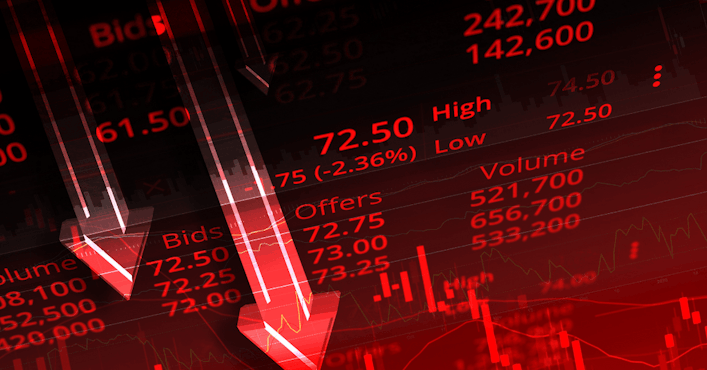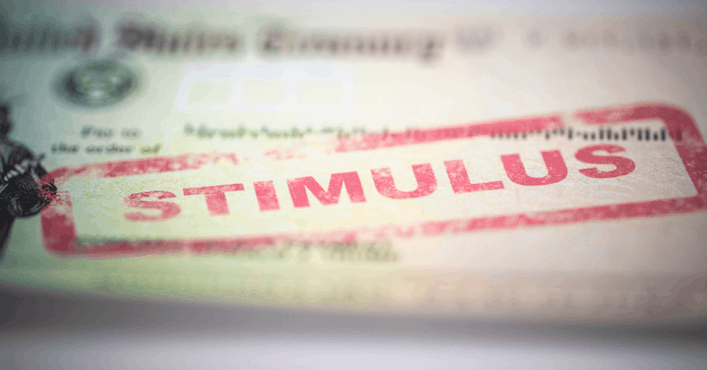My Path Towards Bitcoin
Despite living in the Information Age, many people don’t know enough to buy Bitcoin. With this kind of thinking, no one would’ve ever shared personal details on Facebook or banked electronically.

I wish I could say my decision to invest in Bitcoin was based on some cool fact or a piece of information I discovered. Neither was the case. No person or spreadsheet was involved either. I wasn’t in investor mode in the final weeks of 2020.
I was in the opposite state of mind. After long days reporting on the US Presidential election for a public service broadcaster, I went into recovery mode.
By switching off, I came to the realization that digital currencies had arrived. It would be irresponsible not to buy Bitcoin.
I didn’t even know the price of Bitcoin. I hadn’t even heard of Michael Saylor. Within days, by coincidence, I met a HODLer who steered me in the right direction (Swan Bitcoin).
I bemoaned my regrets about not getting involved even a few months earlier when Bitcoin was at $9,000. “Anything below $100,000 is a bargain, ” he said. When-the-student-is-ready-the-teacher arrives is how I view Bitcoin.
Anything below $100,000 is a bargain”
- Bitcoin HODLer
There’s an insatiable need to know more and to be certain in the Information Age. I hear many people say they don’t know enough to buy Bitcoin. With this thinking no one would’ve ever shared personal details on Facebook or banked electronically.
Is it necessary to understand the complexity of Amazon before you buy something in less than a minute? The easier the end-user can interface with software and technology, the more complex the backend.
Do you know what happens when you use your debit card to buy groceries?
It might take days for that transaction to process. How are checks processed?
I got a crash course in this after someone created fake checks using my routing and account numbers. My decision about Bitcoin wasn’t based on a deep dive under the hood but on my experience as a financial reporter for thirty years.
Financial news didn’t feel like a great move when I began my career in the early ‘90s. Until then, business news was largely relegated to “Wall Street Week in Review.”
But little did I anticipate the Financial Armageddon stories. Who needs to cover war zones when you are on a Chicago trading floor during a panic?
Bitcoin was born after the 2007 — 2008 credit crisis and Lehman blow-up but seeded long before — I reckon sometime after Black Wednesday and before Long-Term Capital Management in what I call The Derivatives Debacles.
The Derivatives Debacles have been overlooked in the annals of Armageddon history.
But this was when states and municipalities, entrusted to invest public funds responsibly, lost money after speculating in futures, options, and swaps.
The numbers pale in comparison with the 2001 DotCom bust or the 2007 — 2008 investment banking subprime fiasco.
But they were a turning point: They ushered in the era of the Greenspan put, “Too Big To Fail, ” and destructive excesses whereby each ensuing crisis would extract a bigger toll on society.

As I covered these stories, I started to see the fragilities of the fiat monetary system. This affected me personally. While I was reporting on the god-like utterances of Greenspan, I was also buying gold.
I started buying below $400 an ounce and stopped at the turn of the Millennium when I found it a nuisance to store. I also found gold deeply unfulfilling to keep under lock and key. It feels like a waste to keep beauty in the dark, out of sight, and useless like the troll counting coins under the bridge.
Gold is a conductor of electricity and heat, after all.
There might be reasons besides aesthetics that gold adorns cathedrals. There might be reasons for Donald Trump to bedeck his NYC penthouse in gold. I’ve since limited buying precious metals; I joke that metals are for ingesting — colloidal — or wearing — jewelry.
The trends I saw in the last 30 years climaxed during the Covid-19 lockdowns. One pundit described them as “a controlled demolition of the economy, ” It’s a controlled demolition of society, too.
Once Joe Biden became President, re–opening economies isn’t happening with a snap of the fingers. Too many competing interests have an agenda in enlarging the Bio-Security or Bio-Political State. Too many civilians have adapted quite well too. Some don’t want to return to the real world; some don’t want to work outside the virtual.
Just ask several mayors and school board superintendents demanding teachers get back into classrooms for full-time in-person instruction. Speaking of which: I hear the adage, “Kids adapt so well.” Yes, but what do our leaders want them to adapt to?
I’ve seen the toll on kids, and some won’t recover. There are some losses from ever integrating into society, let alone supporting its structures. The physical and mental developmental costs to our children will be studied in years to come.
Will future spending address these deeper long-term needs or prime kids for life on UBI?

When President Trump announced the CARES Act, I assumed it would be a one-off, not possibly a new way of life. More than $3 trillion in spending in 2020 and another $2 trillion in Q1 2021 may have met short-term survival needs — but also indulged luxury tastes.
I met a Grubhub driver from Kalamazoo buying a Moncler coat on Oak Street in Chicago. I met minimum wage workers buying bling at Tiffany’s. On Biden’s Inauguration Day, I heard comments like “mighty fine party there — now where’s my stimmy?”
The checks have barely gone out, and the White House is preparing another $3 trillion in spending.

The government largesse is being treated as a carrot, but it can be used as a stick too. It was no accident that Bitcoin rallied above $40,000 on the day Biden announced his $1.9 trillion spending plan, upping the handouts to $1,400 per couple. Bitcoin prices have been tracking fundamental factors, rising on “the waves”: there’s talk of a fourth Covid-19 wave and the Biden Democratic Wave.
It was no accident either Bitcoin climbed above $60,000 after Biden’s prime-time TV address warning about what people “can and cannot do once fully vaccinated.”
Welcome to the Bio-Political State. Instead of vaccinations providing a passport to freedom, expect yet more restrictions on individual liberties and the economy.
In retrospect, I wasn’t the only one desperate to buy Bitcoin below $20,000. And the longer businesses, stores, and restaurants are restricted in the G7 and Commonwealth countries, the more this will disrupt the global scale of production for food, drink, clothing, and textiles that have allowed these goods to be relatively cheap.
U.S. CPI data and anecdotal evidence show prices for basic goods like food continuing to rise.
A few months back, ECB President Christine Lagarde had an honest moment. Calling for global regulation of Bitcoin, she said, “If there is an escape, an escape could be used.”
She didn’t say why a lawful person might need such an escape and what we’ll need to escape from. But with Bitcoin, I feel a little less powerless about whatever she has in mind.
Swan IRA — Real Bitcoin, No Taxes*
Hold your IRA with the most trusted name in Bitcoin.

Stephanie Sprague
s a freelance correspondent and anchor, currently on assignment with TRT World https:www.trtworld.com
More from Swan Signal Blog
Thoughts on Bitcoin from the Swan team and friends.


MSTR vs. GBTC Compared: Which is Best in 2024?

By Drew
This article compares MSTR and GBTC, offering insights for investors by examining their features, benefits, performance, fees, and drawbacks, focusing on their role in Bitcoin investment strategies.


Changing Bitcoin: The Past, The Present, and The Future (Part One)

By Tomer Strolight
For Bitcoin to achieve the lofty goals many have for it, its rules will need to change. This three-part series of articles will tackle what it takes to change Bitcoin.


4 Reasons to Avoid Coinbase In 2024?

By Matt Ruby
The crypto platform is facing all kinds of problems. Is it time for customers to seek out an alternative?